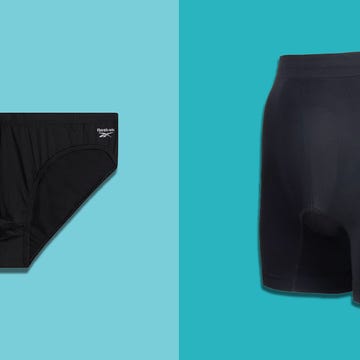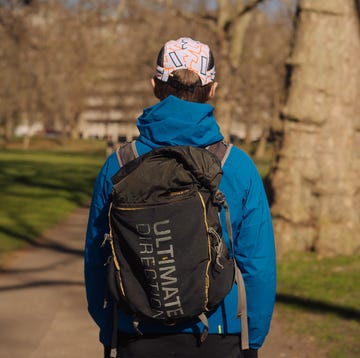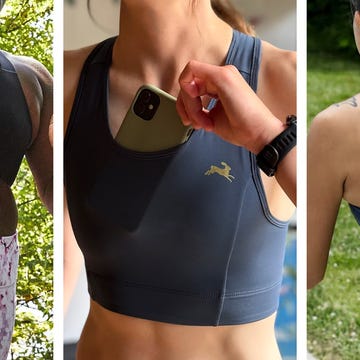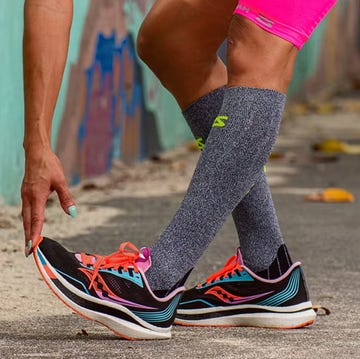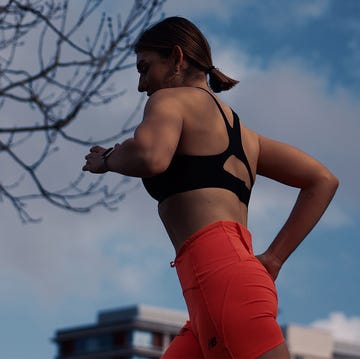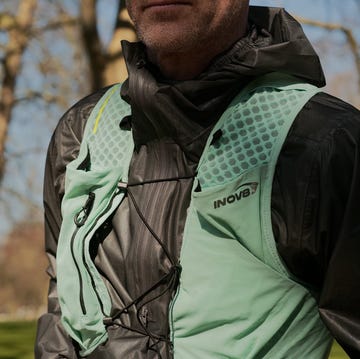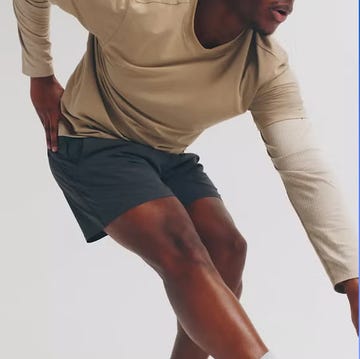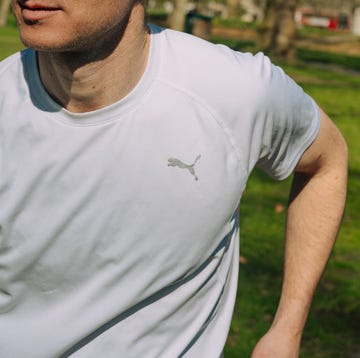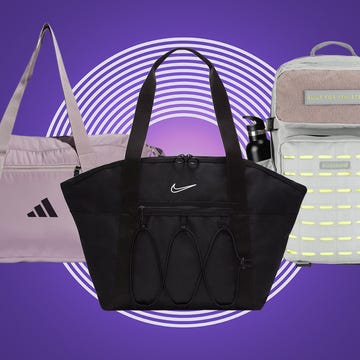Understanding how to size a sports bra relies on more than just guessing off of what you regularly wear. This process requires a more accurate measurement of band and bust, and consideration of your types of activity.
No matter if you're getting ready for high-intensity training or unwinding with yoga, a well-fitting sports bra is necessary to reduce extra movement, prevent discomfort, and keep you confident during the toughest of workouts. So, let's walk through the proper steps to measure yourself correctly, break down those complicated size charts, and find the right style that matches your needs.
Tried and tested: The best sports bras | The best sports bras for bigger busts | The best sports bras with a pocket
What everyone's reading
Sports bras have different constructions
Performance bras can reduce movement a number of different ways, depending on their design and which support mechanism they use. Here are few examples:
Compression
Compression bras flatten breasts against the chest. They don't have cups built-in, and are better for smaller breast sizes and low-impact activities.
Encapsulation
This style uses separate cups to support each breast individually. They don't have compression, and are a good choice for larger cup sizes or exercises with low impact.
Combination
Some bras use both compression and encapsulation for maximum support. This style is great for high-impact workouts, because it supports each breast while also compressing them to the chest. These bras typically have adjustable straps and bands that you can tweak as needed.
Bra straps play a factor, too
A sports bra's straps play a crucial role in distributing weight properly, keeping you comfortable and providing protection. Each composition offers different levels of functionality. These are the most common strap types:
Tank
The most traditional style that runs straight over the shoulders. The straps might be adjustable or a fixed design, and are best for low-to-medium impact exercises.
Racerback
Racerback straps meet in a ‘Y’ or ‘T’ shape across your back, between the shoulder blades. This construct helps distribute weight more evenly and allows for full range of motion, providing better overall support. This style is a great option for high-impact activities like HIIT workouts or running.
Crisscross
These straps overlap at the back for added range of motion while maintaining support, and work well for low-to-medium workouts.
How to find your sports bra size
It's a good rule of thumb to calculate your bra size each time you purchase a new one because of bodily changes like weight loss or gain, pregnancy, hormones, and aging. You want something that's snug but not too roomy, offers optimal support without limiting movement, and feels comfortable.
A professional at a running shop or lingerie store can get you measured, but you can also take care of this at home with a tape measure and a couple calculations. Just follow these simple steps:
- Find the band size: Wear a non-padded bra that doesn't change the shape of your breasts, or you can do this step braless. Measure the ribcage just under your bust. Depending on the measurement, you'll have to do a little maths. If the result is an even number, add four inches. If it's odd, add five. For example, if your measurement is 27 inches, your band size is 32.
- Measure your bust: Next, wrap the measuring tape around the fullest part of your bust, over the nipples. Make sure the tape has a little bit of slack, so you're not compressing your breasts down and getting an inaccurate measurement. Round your result to the nearest whole number.
- Figure out your cup size: Subtract the band size measurement from the bust measurement. The difference in inches is your suggested cup size. If you're in between sizes, you can round up.
Confirm your new sports bra sits in all the right places
Now that you have the right measurements, it's time for the fun — albeit somewhat-tedious— part: trying on plenty of different brands and styles of bras to find one that's suitable. Doing this in-store might be easier, but if you prefer to shop online, refer to the chart above for the appropriate sizing. Here are some extra tricks to get you through the workout bra shopping experience:
- Fit the band. A sports bra's band does most of the legwork supporting your breasts, so make sure it's snug around your upper torso. For more accurate sizing, you should be able to get two fingers between the band and your body, but no more than that (anything more indicates it's too loose).
- Lift your arms. When you raise your arms, take note of how the bra conforms. If it rides higher in the back, or you have some breast tissue peeking out of the cups below, it's likely too big, so try a smaller band size.
- Adjust the straps. Try the two-finger test again here. Athletic bra straps should feel secure and comfortable without a lot of stretch to cut down on up-and-down movement while you exercise. They might be too tight if they're digging into skin, or too loose if they're not staying up properly. Move the strap adjuster up and down until you find an appropriate stopping point.
- Double check the cups. Your breasts should be fully contained and centred in the cups for the best support. Ensure there are no gaps or wrinkles in the fabric, or spillage on the sides.
- Test the support. By running or jumping in place, you should be able to get an initial impression of how the bra sits on your body and upholds your breasts. If you're noticing too much movement, keep the search going for a better style.
Chafing? These tips can help
If you have an older or poor-fitting bra, chafing can likely occur. To combat this irritating sensation, we also recommend doing the following:
- Get rid of worn workout gear
- Apply anti-chafing balm before putting on a sports bra
- Wear a bra with a softer band
- Add different bra styles to your gear rotation for high-impact activities






